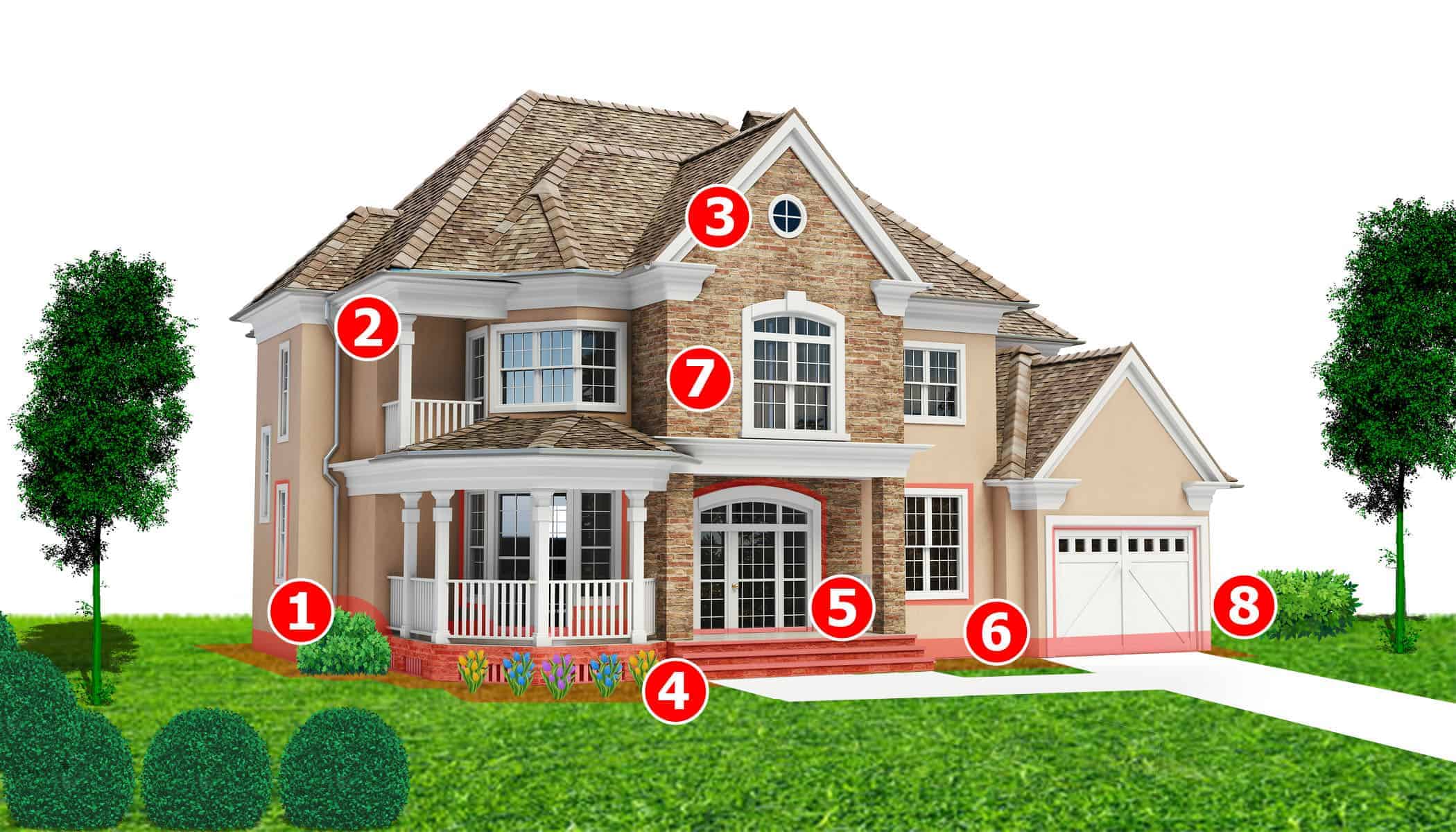Approaches in Vole Control Utah: What Works Best?
Approaches in Vole Control Utah: What Works Best?
Blog Article
Comprehensive Bug Control Provider to Fight Vole Infestations
Vole invasions can swiftly intensify, triggering damages to landscapes, grass, and gardens. The impact of these little rats can be speedy and considerable, necessitating a comprehensive insect control approach to effectively handle the circumstance. Comprehending the actions and biology of voles is crucial in developing an integrated method that not only deals with the existing infestation but likewise protects against future events. By employing a combination of recognition, capturing, exclusion, and habitat alteration techniques, expert parasite control solutions can offer a tailored solution to fight vole invasions. Nonetheless, the key depend on carrying out an all-round plan that not just removes existing voles but also establishes long-lasting control procedures to safeguard against future invasions.
Vole Recognition and Examination
When evaluating for voles, look for their particular runways, burrow openings, and chomped plant origins. Gnawed plant origins are an additional sign of vole activity, showing their presence and possible damage to plant life. By accurately recognizing these signs, parasite control professionals can customize their methods to successfully manage vole problems and secure gardens and lawns from additional damage.

Trapping and Removal Methods
Efficient pest control strategies for managing vole invasions usually involve using specialized trapping and elimination methods. Trapping is an extensively used approach to record voles and move them away from properties.
When establishing catches, it is essential to ensure they are put properly and baited with vole-preferred food sources like peanut butter, seeds, or fruits. Routinely inspecting the catches is essential to immediately eliminate caught voles and stop distress or damage to the pets. When caught, voles must be moved to appropriate environments far from human homes to prevent re-infestation.
In addition, exemption methods, such as setting up barriers or fencing underground, can help deter voles from accessing details locations. Appropriate disposal of caught voles and constant monitoring of vole task are essential parts of a reliable capturing and elimination method in vole invasion administration.
Exemption and Obstacle Methods

To successfully execute exclusion and obstacle techniques, a detailed examination of the home is important to determine vole activity and potential access factors. By attending to these vulnerabilities and implementing targeted exclusion and obstacle procedures, building owners can substantially decrease the danger of vole infestations. Regular upkeep and tracking are crucial to make certain that obstacles stay undamaged and efficient in discouraging voles from accessing susceptible areas. Ultimately, a mix of capturing, removal, and positive exemption actions can aid effectively handle vole populaces and shield buildings from infestations.
Environment Modification and Prevention
To minimize vole infestations, environment alteration and avoidance techniques concentrate on modifying the environment to prevent vole habitation. One reliable approach is decreasing the availability of food sources by maintaining turf cut short, getting rid of weeds and debris, and keeping a neat backyard. Voles are attracted to areas with thick plant life and mess, so creating open areas can help hinder them from resolving in the area. Additionally, lowering excess wetness by fixing dripping pipes, making certain appropriate drainage, and eliminating standing water can make the environment much less congenial for voles.
Including barriers like crushed rock borders or cord mesh underground can also prevent voles from tunneling into gardens or lawns. By implementing these environment alterations and avoidance actions, residential property owners can proactively decrease the risk of vole infestations and safeguard their outdoor spaces from damages.
Surveillance and Follow-Up Techniques

Follow-up techniques include revisiting the treated areas to look for any type of signs of vole activity. Keeping track of stations, traps, and visual evaluations are typically utilized approaches to examine the success of the parasite control actions. By routinely examining these areas, pest control specialists can swiftly determine any type of renewal of vole activity and take proactive actions to address the problem prior to it intensifies.
Additionally, recording the results of monitoring and follow-up tasks is important for tracking the progress of vole invasion control over time. These documents help in recognizing patterns, evaluating the performance of different control approaches, and making notified choices for future bug management approaches. Routine follow-up procedures not only aid in stopping vole re-infestations but additionally add to the general success of parasite control initiatives.
Conclusion
Finally, extensive parasite control services are vital for properly combating vole invasions. By recognizing and examining vole populaces, applying capturing and removal methods, making use of exclusion and barrier techniques, modifying habitats, and applying tracking and follow-up methods, homeowner can effectively take care of and avoid future invasions. It is crucial to deal with vole problems promptly to avoid damage to property and potential health and wellness risks.
By utilizing a combination of recognition, trapping, exclusion, click here now and habitat adjustment techniques, expert pest control solutions can use a tailored solution to fight vole problems (best vole pest control). By accurately determining these indications, bug control specialists can tailor their methods to successfully handle vole problems and shield gardens and yards from additional damage
Efficient parasite control approaches for taking care of vole problems commonly involve employing specialized trapping and removal methods.To reduce vole infestations, habitat alteration and prevention methods focus on altering the atmosphere to discourage vole habitation.Normal surveillance and follow-up procedures are crucial in maintaining vole problem control actions and making certain long-term success in bug monitoring.
Report this page